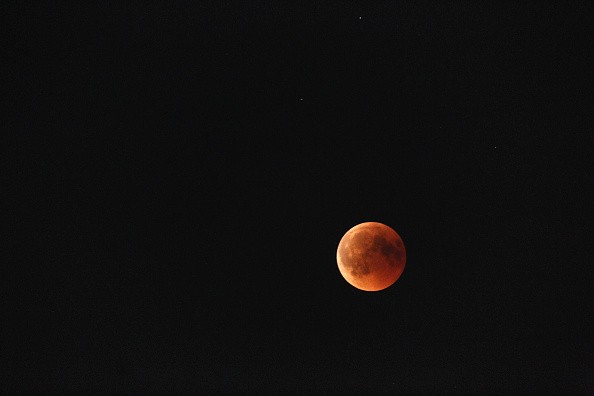NASA's study of the Moon has found that there would be the longest lunar eclipse of the century coming this year, and this is something that you do not want to miss, as it would take an extensive 3 hours and 28 minutes.
The Moon is going to the Earth's shadow or backside, as it aligns with the Sun, and the celestial object will be blocked of sunlight for a longer time than ever, providing a show this month.
Longest Lunar Eclipse of the Century: How and When to Watch

The National Aeronautics and Space Administration (NASA) has made a study on the eclipses of the century, spanning from 2000 to 2100, and looks at the many phases of the Moon. Upon recent searches comes a gem, and it is with the longest lunar eclipse of the entire century and it would happen this November 18 to 19, 2021, for a total of three hours and 28 minutes.
Eclipses last for as much as 30 minutes to an hour and a half at most (the last longest was in 2018 according to Cnet), but this Moon eclipse would be different, as it would be slower than usual for the Moon to escape Earth's shadow.
Users can catch this at around 7 AM UTC on November 19, which is at 11 PM PT (Nov. 18), and will last until later than 2 AM PT (November 19). The Virtual Telescope Project will host a live stream event that would monitor the Moon through a telescope, for those that do not want to head out in the chilly morning.
Read Also : First Moon Rocks Since 1976 Returns to Earth with Potential to Alter Lunar History | Is the Moon Alive?
NASA: What is With the Longest Lunar Eclipse?
The longest Lunar Eclipse would be a partial eclipse and while there are no explanations as to why it would stay a long time on Earth's shadow, it would be a special one for humans to see. The duration would be twice as much as 2018's last longest lunar eclipse, putting on a spectacular show for everyone to see.
The Moon's Many Special Appearances
The Moon has had many special appearances for humans throughout the years and it is easily one of the brightest space objects that can be seen throughout the night, in the world. The Moon has taken on many forms, including that of a Buick Moon, Blood Moon, Pink Moon, and a whole lot more that has given its night shine differently through the years.
And while scientists have already discovered the different seasons affect how the Moon's appearance changes and its phases, it would still be studied via the Artemis Moon mission by 2024 (now 2025).
Easily, the lunar object has been one of the closest to the Earth compared to all things in this galaxy, making it an easily recognizable and distinguished guest every time the night falls. Its upcoming lunar eclipse would show it on a different look, making it the longest that people would see this year, and the span of a hundred years.
Related Article : NASA Moves Artemis Moon Landing Goal From 2024 to 2025 Earliest
This article is owned by Tech Times
Written by Isaiah Richard
![Apple Watch Series 10 [GPS 42mm]](https://d.techtimes.com/en/full/453899/apple-watch-series-10-gps-42mm.jpg?w=184&h=103&f=9fb3c2ea2db928c663d1d2eadbcb3e52)



